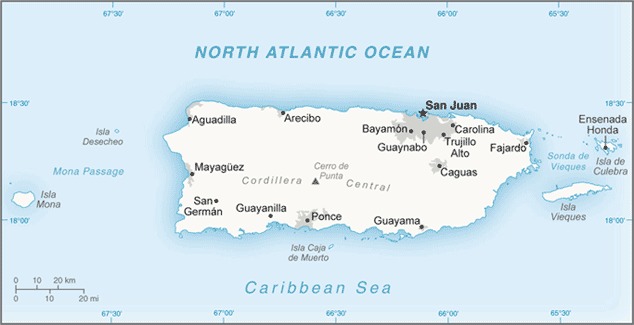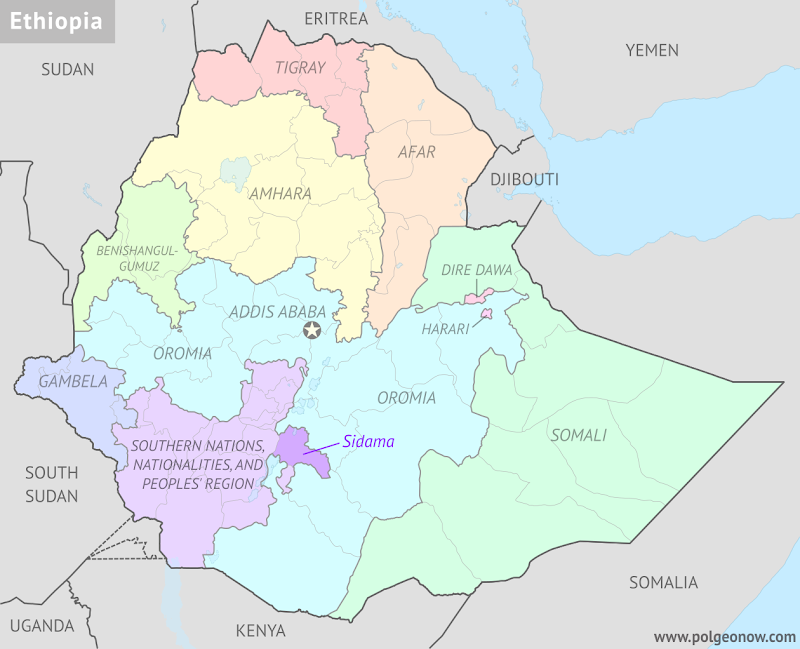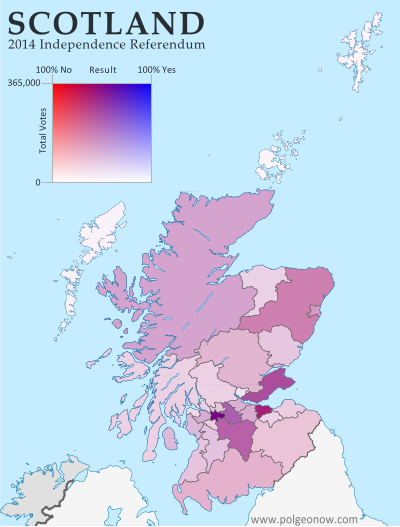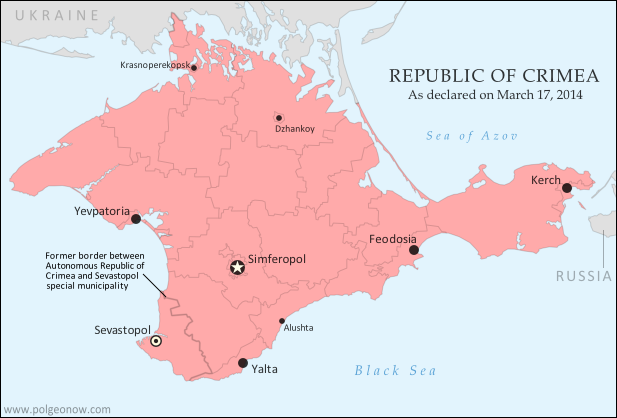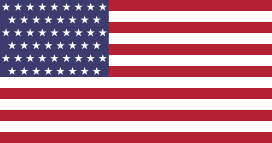Most of our readers will already have heard of this story last year, but because PolGeoNow is committed to providing a record of all changes to the world's list of countries, and because this aspect of the story hasn't been much discussed, we're still publishing an article about it now. Parts of this article are adapted from our story on Recognition of the Donetsk and Lugansk People's Republics from one year ago.
 |
| Actual military/administrative control within the DPR and LPR's claimed borders just before their governments' agreed merger into Russia. This was also roughly their greatest extent of control during the period they claimed to be independent countries, if including territory held by their close ally the Russian military. This map was originally published as part of our subscriber-exclusive September 2022 Ukraine control map report. |
Partial Recognition
For eight years, from 2014 to 2022, the so-called Donetsk People's Republic (DPR) and Lugansk People's Republic (LPR) said they were independent countries, despite most of the world considering them to be parts of Ukraine. Then late last year, they stopped claiming independence, instead saying they had now become part of Russia, after Russia controversially agreed to take them in. Read on for the full story, explained in plain English...


